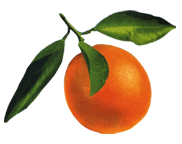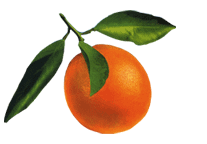
Details from some of my Inaugural portraits
As I began to look at the photographs I shot during the Inauguration I realized how many portraits of people I had taken that day: from soldiers and police who were doing traffic control (and other more subtle national security tasks) to the many different citizens who came to celebrate and sell their souvenirs. As I said initially, this was a very different Inauguration than the last two I attended. Few protesters, it was more celebratory than either of the last two Bush events.
Over the years I have spent a lot of time thinking about the best camera to take on these urban photo safaris. In 2001 I dusted off my Pentax 6x7 to shoot medium format "real" film at Bush's first Inaugural. This had been my go-to camera during the 1990s. Medium format gave me great detail for large prints and I loved the quality. But that January 20th I realized this would be the last time I would ever used this camera --too few shots per roll and, weighing in at almost four pounds, it was heavy as hell. This was not well-suited for the type of urban documentary photography I was interested in and my back was no longer willing to carry it around. It became a burden to take pictures. I needed to make an adjustment just as digital cameras were coming into their own.
In 2005 I brought my first digicam, the tiny Pentax Optio S5. Oooh, it was light and its featherweight brought the fun back for me. But the measly optical zoom (3X) didn't allow me to get close to some of the action at Bush's second Inauguration. So I began looking for something closer to my dream combo: a lightweight camera with a massive zoom. The winner was the Panasonic TZ3 (and now its successor the TZ5). It was a bit heavier than my S5 but not by much and it had a 10X optical zoom (the longest zoom on the lightest camera around). It didn't have processional settings like the Nikon P5000 or the Canon G9 so I wouldn't have the most control over the images I took but I figured I could do what I needed in post-production using Photoshop.
So this year it was me and my TZ3 welcoming our new President on the National Mall. When you're taking impromptu street portraits you don't have a lot of time to contemplate your camera settings. You point and you shoot. I asked people if I could take their photograph. Sometimes I'd just be able to get one shot off before my subject moved on. That's street photography: Henri Cartier-Bresson's decisive moment. I was in a maelstrom of people moving in all directions. Getting someone to stand still for a minute wasn't easy.
As I looked at my images on the computer later that evening I started to form opinions about what I had taken. Going in without a strict notion of what I wanted to take (how could I, not knowing what to expect), I relied on my internal photographic senses on the street. However, now I had the time to make decisions about the final images. And I realized that some would require a shallow depth-of-field to separate the subjects of my photos from their background. Unlike my formative photographic years when I could do that by as I was taking the photography using a wide aperture, I was going to have to recreate this via Photoshop. And to do it right was going to entail a multi-stepped process.




